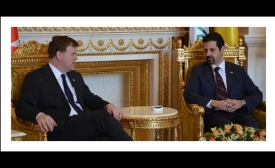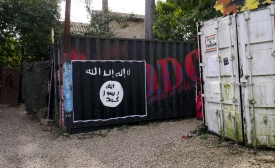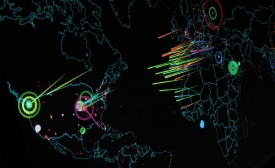isis
The ASDA’A Burson-Marsteller survey found that Arab youth see Saudi Arabia as their country’s biggest ally for the 5th consecutive year. [...] “Inside the hearts and minds of Arab youth” was the theme of a conference [...] in Dubai on April 12. Regional experts, business leaders and economists discussed the research findings of the Arab youth survey conducted to explore the attitudes of Arab youth in 16 countries in the Middle East and North Africa region.

The loss of Palmyra, which was designated a UNESCO World Heritage Site in 1980, was one of ISIS’s biggest setbacks since the group declared itself a caliphate in 2014. […] [Maamoun] Abdulkarim said he and other historians and archaeologists would travel to Palmyra to more deeply assess the damage, and to plan how they’ll restore the ancient ruins and sites.
Over the long term, it will be crucial to turn off the IS recruiting faucet. Doing so will require counterterrorism officials to better understand that that the “snuff videos” for which IS has become so well-known are not the principal enlistment tools. Rather than “come kill,” the strongest message is “come build the caliphate.”

Philip Seib cautions against unfounded optimism about the decline of IS.
One of the objectives set out as part of the Netwar in Cyberia Research Project is to produce a strategic-level assessment of the information environment in which extremist groups operate. This will allow an analysis of collective and emergent behaviors within complex information systems and the identification of factors which could influence the success of Public Diplomacy responses to Jihadist online content.

Forget proxy metrics and studying a single Twitter list—this is what Jihadist information dissemination really looks like.







